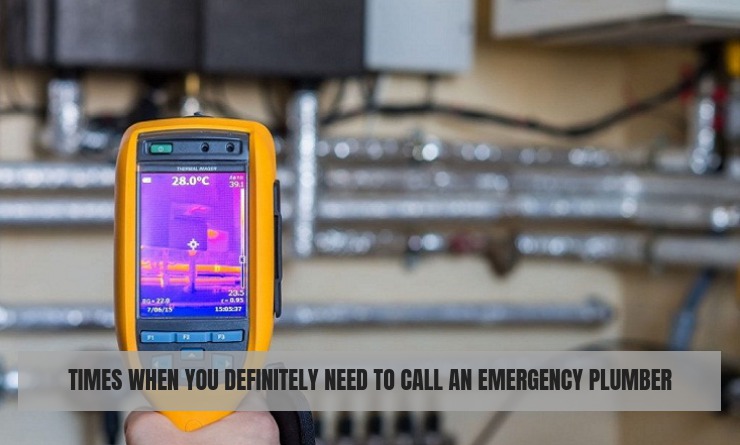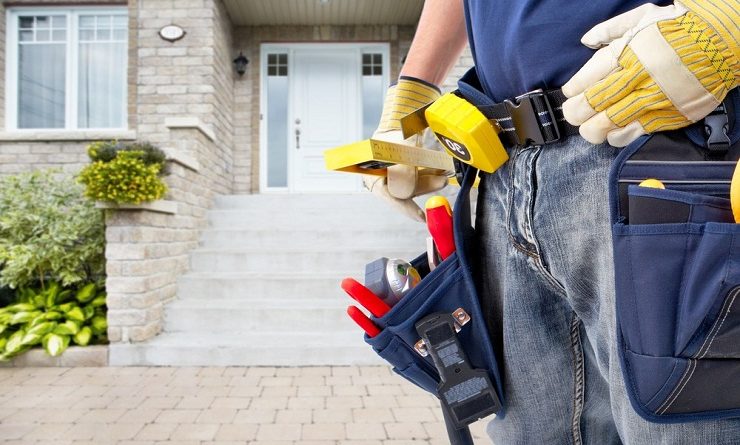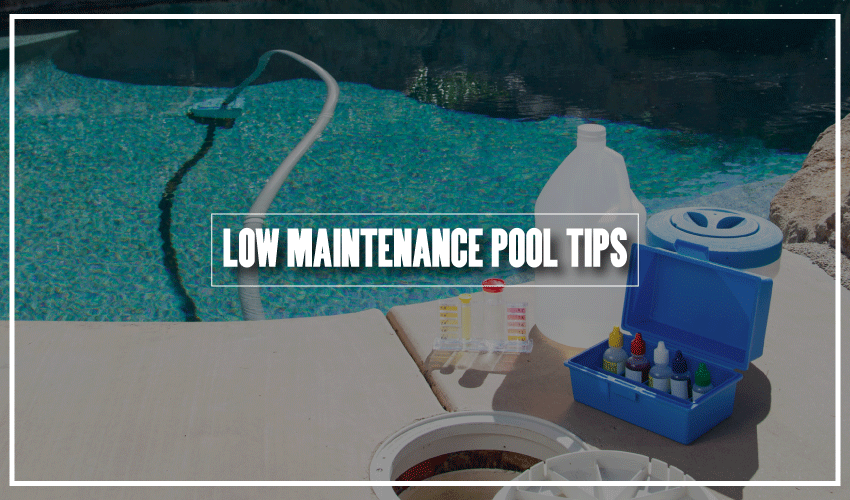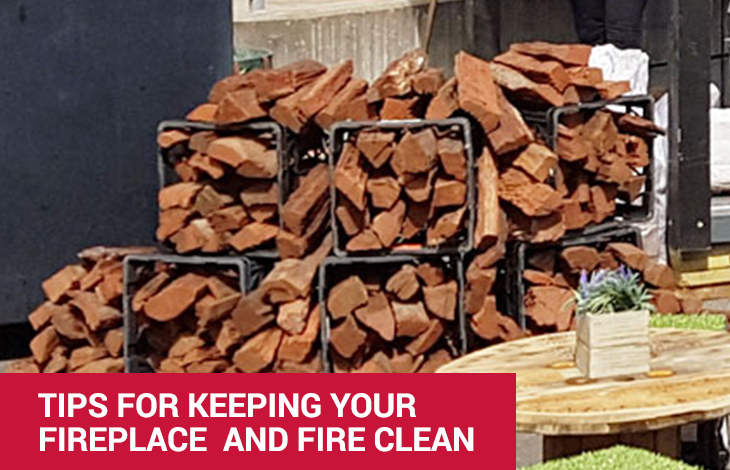
It’s winter, the sun sets *early*, and then that cold night air descends. What better way to enjoy being indoors in winter than with a nice warm fire.
If you haven’t really given a lot of thought to your fireplace, or, you haven’t cleaned your fireplace since last winter, now is the perfect time to give your fireplace a clean.
When it comes to cleaning a fireplace, most of that hard and dirty work is best left to the professionals – those with the long sturdy ladders and the professional cleaning tools. It’s recommended that you have your fireplace cleaned after every 40 to 50 fires, but, there are a few things you can do before you start another fire in the hearth.
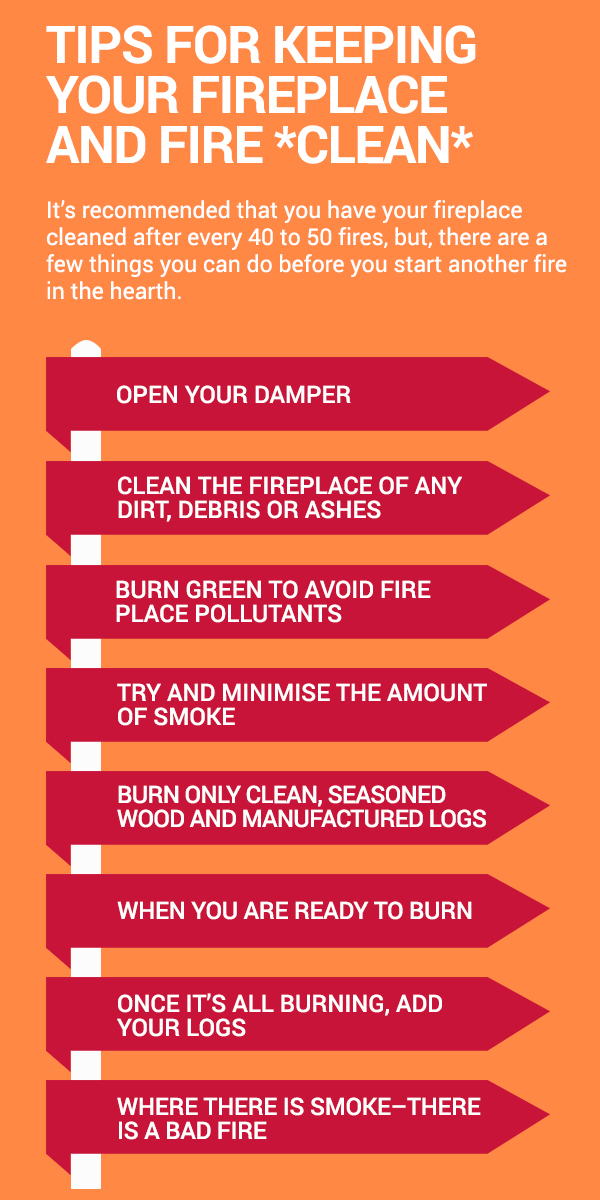
Open your damper – start your cleaning by opening the damper, and use a torch to see if there are any obstructions or blockages in the chimney, Animals can sometimes end up making themselves at home in the warm confines of a chimney – especially one that hasn’t been used for a while. Falling leaves can also end up blocking the chimney. If you see any blockages at all, call in the professionals for an inspection and cleaning.
Clean the fireplace of any dirt, debris or ashes – next, clean the firebox of any dirt, debris or ashes that may have accumulated when your fireplace was not in use. This is a simple clean that will remove anything that could become a fire hazard.
Burn green to avoid fireplace pollutants – next time you light your fire, look at what you are burning, always source your wood in an environmentally friendly manner. It’s better for you, better for your neighbours and better for the environment.
Try and minimise the amount of smoke – there are several ways you can minimise the amount of smoke your fire emits. Start by choosing the right kind of wood. Wood that is dry causes less smoke and burns more efficiently. Firewood should be seasoned, or dry for 6 to 12 months after splitting. Your hardwoods dry slower than soft woods and can take a year or more to dry out fully. To speed the drying process cut any big logs and stack your firewood crosswise to allow the air to circulate freely. Store your firewood 20 centimetres or more above the ground, away from buildings in a well ventilated and sunny area. Cover the top to keep rain and dew off, but leave the sides open to allow for a breeze. To make sure your wood is dry clap two pieces together, you should hear a crack like a bat hitting a ball. If you hear a dull thud, the wood is still too wet to burn, and anything that is visibly still green isn’t ready for burning
Burn only clean, seasoned wood, non-glossy white paper and manufactured logs – always make sure you never burn anything other than cleaned seasoned wood, non-glossy white paper or manufactured logs. Plastics, rubber, garbage, painted or treated wood, plywood, particle board and coloured paper produce toxic gasses that can clog your flue and harm your lungs. Always put these items in the rubbish, or out for recycling.
When you are ready to burn – open the damper wide and start a small but hot fire, crumple up a few sheets of newspaper, add some small pieces of soft wood kindling and then light. Add larger pieces of kindling, a few pieces at a time as the fire grows.
Once it’s all burning, add your logs – once the fire has started burning briskly, add two or three hardwood logs, such as oak. Place them close enough together to keep them hot, but leave enough room for air to circulate. The idea is to create a small, but hot fire first, this will keep the dirty smoke to a minimum.
Where there is smoke – there is a bad fire – how do you know if you are *burning clean*? Excess smoke is simply a sign that your fire isn’t burning correctly, or wasn’t lit properly. A good fire gives off just a thin wisp of white steam, if you see smoke, adjust your dampers or air inlets to let in more air. The darker the smoke, the more fuel is being wasted.
Now, you can settle back, relax and enjoy your fire.
Related Articles:
8 Tips To Make Your Firewood Last Longer This Winter
How To Keep Your Fireplace Clean And Safe

